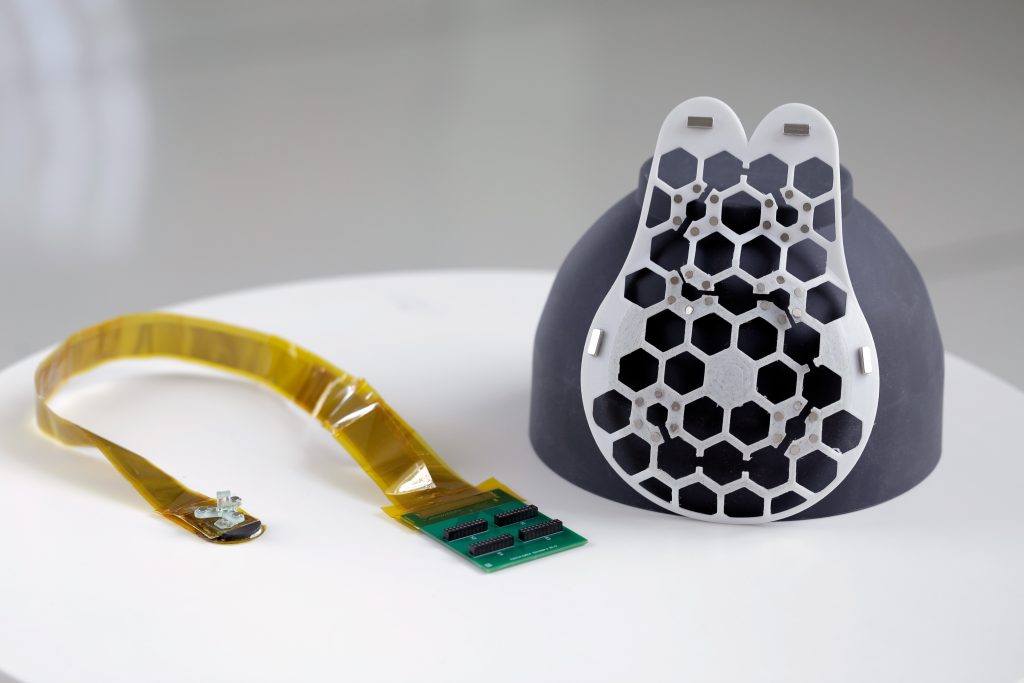Is Alzheimer’s a Genetic (Hereditary) condition?
According to some study, having an affected relative may raise a person’s risk of developing Alzheimer’s disease.
Alzheimer’s disease affects memory, thinking, and movement. It is a chronic, progressive condition.
Uncertainty surrounds the condition’s causes. According to recent study, genetics may be one of many variables that contribute to the development of Alzheimer’s.Reliable Source.
The potential connections between genetics and Alzheimer’s disease are evaluated in this article.
Risk genes and deterministic genes are the two components that scientists use to characterise genetic risks for Alzheimer’s disease.
A person has a higher likelihood of developing an illness if they carry risk genes. A disease may emerge as a direct result of deterministic genes.
Numerous deterministic and risk genes for Alzheimer’s have been discovered by scientists.
Risk genes
Alzheimer’s disease is caused by several genes. The apolipoprotein E-E4 gene (APOE-e4) has the strongest connection to the likelihood of developing Alzheimer’s disease (Trusted Source).
The Alzheimer’s Association estimates that 15 to 25 percent of persons who carry this gene may develop Alzheimer’s disease. Additionally, compared to someone who receives the APOE-e4 gene from only one parent, someone who receives the gene from both parents has a higher risk of acquiring Alzheimer’s disease.
A person with the gene may potentially have symptoms earlier in life and be diagnosed sooner.
Although everyone gets an APOE gene in some form, there is no connection between Alzheimer’s disease and the APOE-e3 or APOE-e2 genes. Even against the sickness, APOE-e2 may provide benefits for the brain.
The risk of developing Alzheimer’s disease can also be considerably increased by the trisomy 21 gene.
Deterministic genes
Three distinct deterministic genes that may contribute to Alzheimer’s disease have been found by researchers:
- amyloid precursor protein (APP)
- presenilin-1 (PS-1)
- presenilin-2 (PS-2)
The excessive production of amyloid-beta peptides is caused by these genes. A hazardous protein that collects in the brain is this one. The damage and death of nerve cells brought on by this accumulation are hallmarks of Alzheimer’s disease. These are “dominant genes,” which indicates that if either parent has the ailment, they can convey the gene to their offspring, who will then develop the disorder.
These gene variants are responsible for 5-10% of all early onset dementia cases and 60-70% of familial early onset Alzheimer’s illness cases. Alzheimer’s brought on by deterministic genes often strikes people younger than 65. It occasionally manifests in persons in their 40s and 50s.
But not everyone who has early-onset Alzheimer’s has these genes.
Genes’ role in various forms of dementia
Other genetic abnormalities have been linked to some types of dementia.
For instance, chromosome 4 is altered in Huntington’s disease, which may result in dementia that worsens over time. A dominant genetic disorder, Huntington’s disease.
There may be a hereditary component to Parkinson’s dementia or dementia with Lewy bodies. For instance, SNCA, PARK7, and PRKN are only a few of the genes known to be linked to Parkinson’s disease. However, the underlying causes of these diseases are frequently multifaceted, much like all types of dementia.
Alzheimer’s disease risk factors
Several risk factors for Alzheimer’s disease have been identified by researchers.
These consist of:
Age is the main risk factor for Alzheimer’s disease, according to reliable sources.
Family history: The likelihood of having Alzheimer’s disease is increased if a close relative already has the condition.
People who have experienced serious head trauma in the past may be more susceptible to Alzheimer’s disease.
Cardiovascular health: Alzheimer’s disease risk may be increased by heart or blood vessel conditions. Examples include diabetes, stroke, and high blood pressure.
Alzheimer’s disease signs and prognosis
Memory and brain function are typically gradually lost as a result of Alzheimer’s disease.
Periods of forgetfulness or memory loss may be early indications. A person may gradually become confused or disoriented in familiar environments, including at home. As a result, they might require extra help with daily tasks like tooth brushing, dressing, and food preparation.
Agitation, restlessness, personality withdrawals, and speech difficulties are some possible symptoms.
After the onset of symptoms, an individual with Alzheimer’s disease typically has an 8–10 year survival rate.
Find out more about the progression of Alzheimer’s disease and its prognosis.
Summary
Multiple genes are associated with Alzheimer’s disease. The APOE-e4 gene, for example, raises the risk of getting the illness but does not always result in an Alzheimer’s diagnosis.
Some, like the APP gene, are directly responsible for the disease’s onset. However, familial Alzheimer’s is an uncommon form of the illness that affects 5–10% of those with early-onset Alzheimer’s.
REFERENCES:
https://www.alzheimers.org.uk/about-dementia/risk-factors-and-prevention/is-dementia-hereditary
https://www.nia.nih.gov/health/alzheimers-disease-genetics-fact-sheet
https://medlineplus.gov/genetics/condition/alzheimers-disease/
For Alzheimer’s medications that have been suggested by doctors worldwide are available here https://mygenericpharmacy.com/index.php?therapy=20








